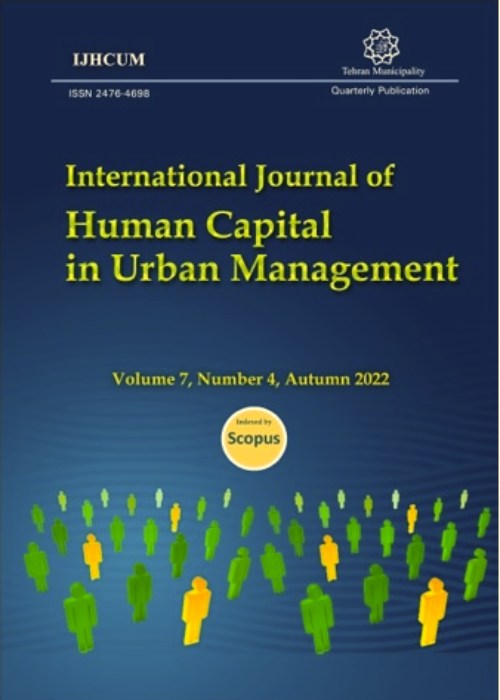Planning implication of universities growth on land use: Confirmatory evidence from GIS spatial analysis
Author(s):
Article Type:
Research/Original Article (دارای رتبه معتبر)
Abstract:
BACKGROUND AND OBJECTIVES
Universities have customarily been seen as agents of development in the regions they serve owing to their roles of teaching, research, innovation and community extension. There is however a dearth of knowledge on how they influence land use change with a specific reference to compliance with planning standards. This paper therefore through a case study investigates the impacts that the growth of Kisii University has on land use change in Nyamage, a neighbourhood where it is situated within Kisii Municipality, Kenya. It subsequently links the observed change to compliance with planning standards.METHODS
Guided by the theory of regulatory compliance, the study adopted a case study research design with a sample size of 226 drawn from 577 developments in Nyamage. Spatial data on land use change was collected using satellite images from Google Earth covering three epochs of 2005, 2014 and 2021. Analysis was undertaken using GIS. Data investigating compliance with planning standards were conversely collected using an observation checklist, land survey maps and analyzed using a one-sample t-test and paired t-test.FINDINGS
The study established that in 2005, forest, short vegetation, transitional and built-up areas respectively covered 17%, 39%, 34% and 11%. These by 2021 correspondingly changed by 46%, -10%, -29% and 57% for the forest, short vegetation, transitional and built-up areas. The latter recorded the highest land use change, a condition mainly credited to the hostels built by private developers in an attempt to meet a demand created by students who could not find accommodation within the university. Research findings further disclosed that developments around the university were not complying with the planning standards used in regulating plot sizes, building coverage ratio and road reserves, leading to land use conflicts.CONCLUSION
The establishment and growth of Kisii University have remarkably influenced land use change, which in the absence of development control contributes to the disregard of planning standards. This is because the government mainly sees universities as an avenue for spurring regional economic growth with less attention on their spatial implications. These findings may enlighten policy-making institutions with critical information for effective planning and development control around universities. The study also fills a gap that hitherto existed on the nexus between land use change and compliance with planning standards as relates to the growth of universities. It additionally enlightens the international audience on how the impacts of universities growth on land use may be evaluated through a triangulation of spatial and statistical approaches.Keywords:
Language:
English
Published:
International Journal of Human Capital in Urban Management, Volume:7 Issue: 2, Spring 2022
Pages:
183 to 204
magiran.com/p2413485
دانلود و مطالعه متن این مقاله با یکی از روشهای زیر امکان پذیر است:
اشتراک شخصی
با عضویت و پرداخت آنلاین حق اشتراک یکساله به مبلغ 1,390,000ريال میتوانید 70 عنوان مطلب دانلود کنید!
اشتراک سازمانی
به کتابخانه دانشگاه یا محل کار خود پیشنهاد کنید تا اشتراک سازمانی این پایگاه را برای دسترسی نامحدود همه کاربران به متن مطالب تهیه نمایند!
توجه!
- حق عضویت دریافتی صرف حمایت از نشریات عضو و نگهداری، تکمیل و توسعه مگیران میشود.
- پرداخت حق اشتراک و دانلود مقالات اجازه بازنشر آن در سایر رسانههای چاپی و دیجیتال را به کاربر نمیدهد.
In order to view content subscription is required
Personal subscription
Subscribe magiran.com for 70 € euros via PayPal and download 70 articles during a year.
Organization subscription
Please contact us to subscribe your university or library for unlimited access!


